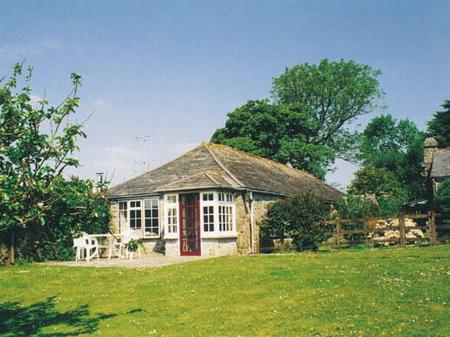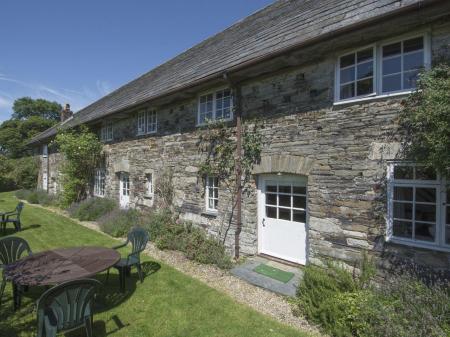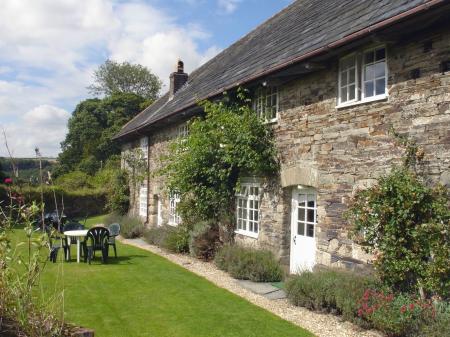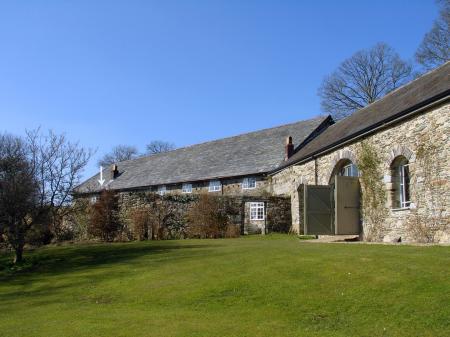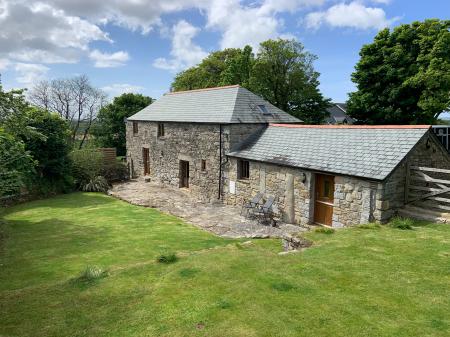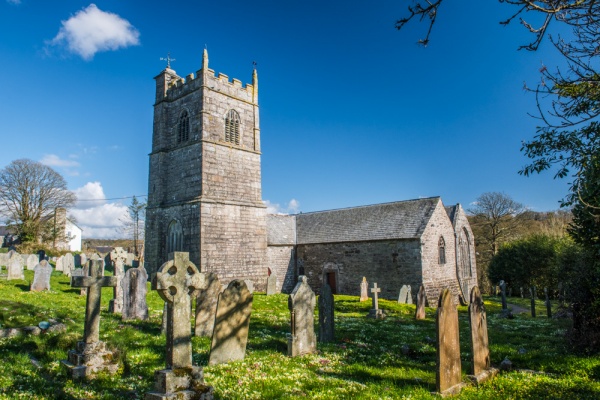
Blisland church is the only one in the UK devoted to the pair of saints, who were 3rd-century brothers, martyred for their beliefs. The pair are locally known as 'Pratt and Hatt'.
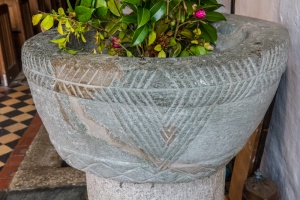
As for the church itself, it is composed of an aisled nave, south porch, north and south transepts, chancel with north aisle, and tower. The tower is most oddly placed at the end of the north transept - I can't recall another church in England with this arrangement.
The tower also boasts a rectangular external stair turret. The west and north walls of the nave survive from the original Norman church, and there is a blocked up Norman doorway in the north wall.
The highlight of Blisland is the 15th-century barrel-vaulted roof, decorated with carved angels and painted roof bosses. There is a rood screen that at first glance might appear medieval, but this is actually a late Victorian replica. Atop the high altar is a painted triptych, dated 1565. The triptych is similar in style to works by the early 16th-century Dutch artist Cornelius von Amsterdam.
Interestingly, there are two fonts. One is Norman and is ornamented with traditional chevron carvings, and the other dates to the 15th century. Hanging on the north wall is a royal coat of arms for James I, dated 1601.
There are a pair of interesting memorials. One is a brass to John Balsham, a former rector (d. 1410). The other is a slate memorial to members of the Kemp family, dated to 1624.
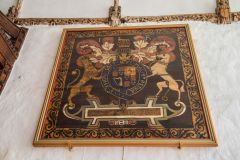
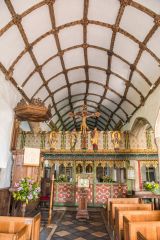
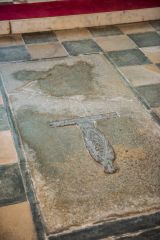
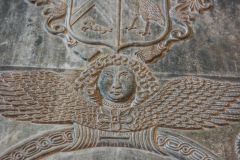
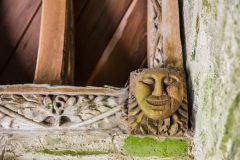
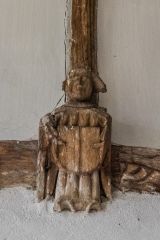
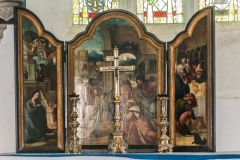
 We've 'tagged' this attraction information to help you find related historic attractions and learn more about major time periods mentioned.
We've 'tagged' this attraction information to help you find related historic attractions and learn more about major time periods mentioned.